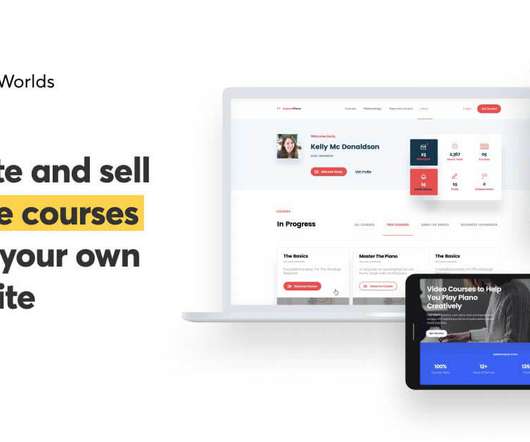If the spacing effect is so great, why is nobody using it?
Learning Pool
FEBRUARY 28, 2022
Cognitive psychology, when it got going in the 1960s, further backed up the theory, giving a mechanism to explain how and why the effect works – with the spacing of learning helping to move our recollections from short-term (or working) memory into the long-term store. appeared first on Learning Pool.






















Let's personalize your content